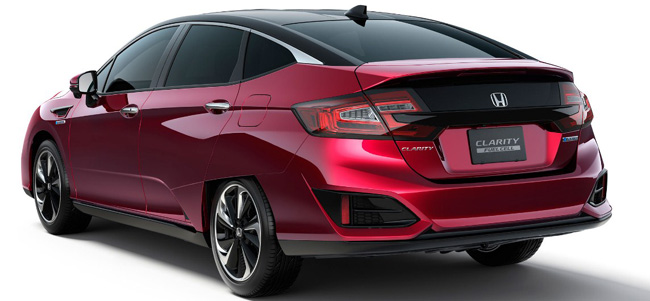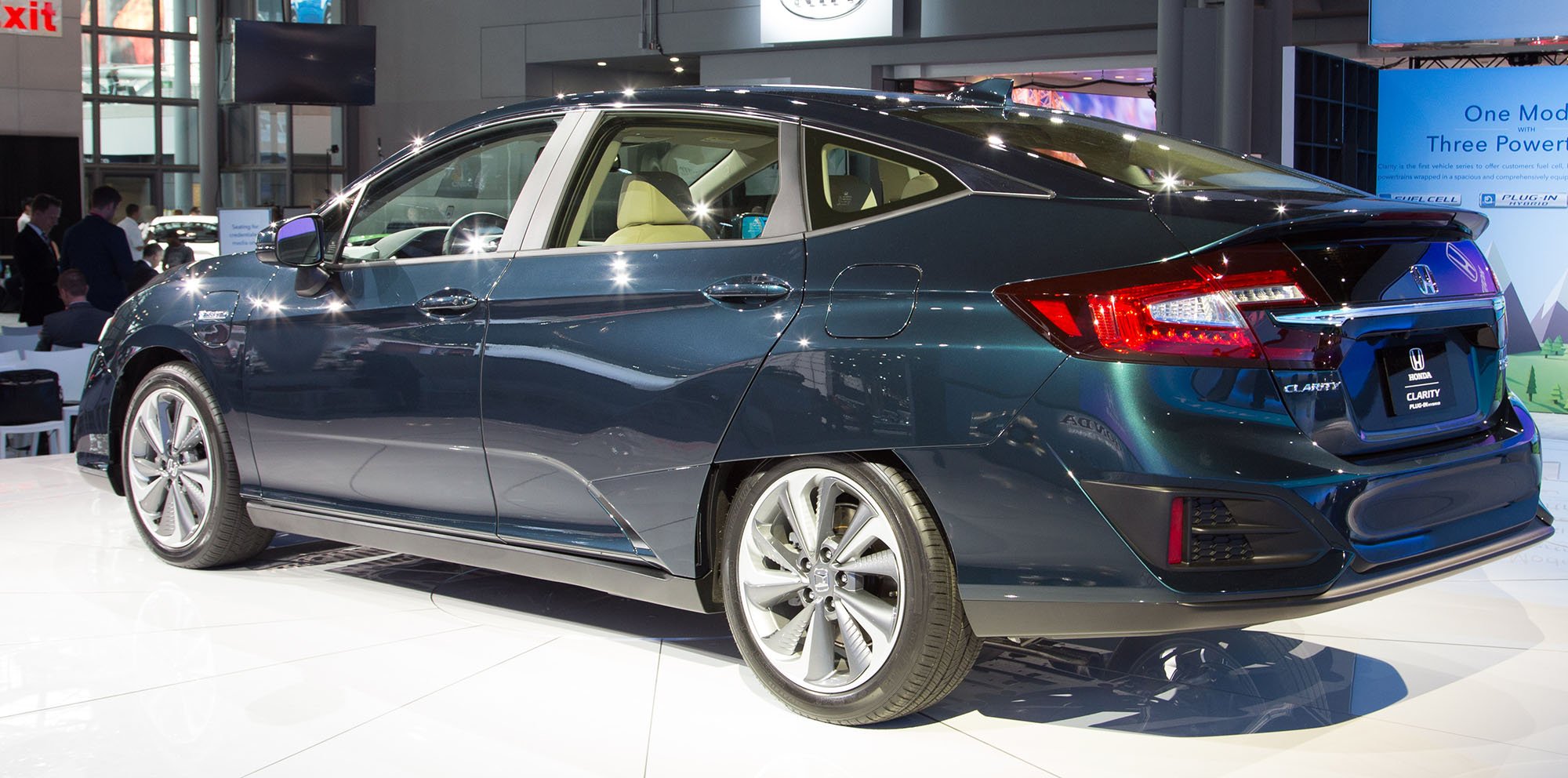

In early 2020, the company said it would have a fully electric and fuel-cell lineup by 2040, inadvertently leaving the Clarity (electric, hybrid, and fuel-cell variants) with no meaningful place in the marque's future. In this case, the 'real reasons' do not disprove the official reasons, so the question is, why the low demand for the Clarity models, and why the reliance on government subsidies? The then-Honda CEO Takahiro Hachigo had an elaborate plan to electrify two-thirds of Honda models by 2030 while also cutting the overall Honda trims and option levels by a third. Also known as all-electric, BEVs are typically more efficient compared to plug-in hybrids. So, what's the difference between the three, and how do they compare? Battery-electric vehicles (BEVs) are self-explanatory, whereby the vehicle’s drivetrain is fully powered by electricity stored in a rechargeable battery. Whatever comes next in Honda’s alternative fuel experiment will fall within the known ambits of battery-electric, hydrogen fuel-cell, hybrid, and plug-in hybrid. We will be introducing new, highly appealing all-electric vehicles for the U.S. Confirming the withdrawal of the battery-electric Clarity in 2019, Honda spokesperson Natalie Kumaratne told USA Today in an email, “We're continuously evolving our product portfolio, and right now, we're placing more of our focus on the next generation of electrified products that are coming down the pipeline. The Clarity models didn't do so well in the US market, as proven by the 11,654 units in total 2019 sales, amounting to a 42% sales drop compared to the previous year. It was available to the Japanese market by November 2008 and was later available for lease in Europe.
#Honda clarity plug in hybrid full
It also has an EPA-estimated 240 miles of range on a full hydrogen tank, traveling around 77 miles per kilogram of hydrogen in the city, 67 miles per kilogram on the highway, and 72 miles per kilogram in combined driving.
#Honda clarity plug in hybrid plus
The motor came from the Honda EV Plus and can generate 134 horsepower and 189 lb-ft of torque. Propelling the FCX Clarity is a 100 kW Honda Vertical Flow (V Flow) hydrogen fuel cell stack that supplies electricity on demand and stores energy recovered via regenerative braking in a separate battery.

It also served as a long-range, full-function large sedan.Īt its debut, the Honda FCX Clarity was the first hydrogen fuel cell vehicle offered to the public. However, the fuel-cell FCX Clarity featured many EV attributes, highlighted by its zero emissions, fast five-minute refueling times, and regenerative braking. The first installment in the Clarity alternative fuel experiment – the FCX – was the fruit of the FCX concept introduced in 2006, and it never got a battery-electric or plug-in variant.


 0 kommentar(er)
0 kommentar(er)
